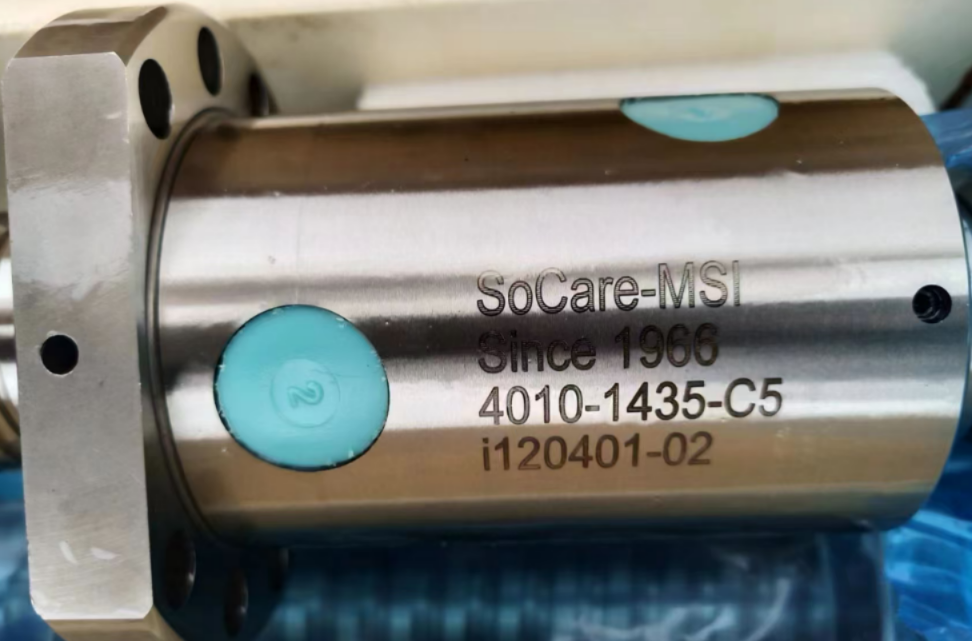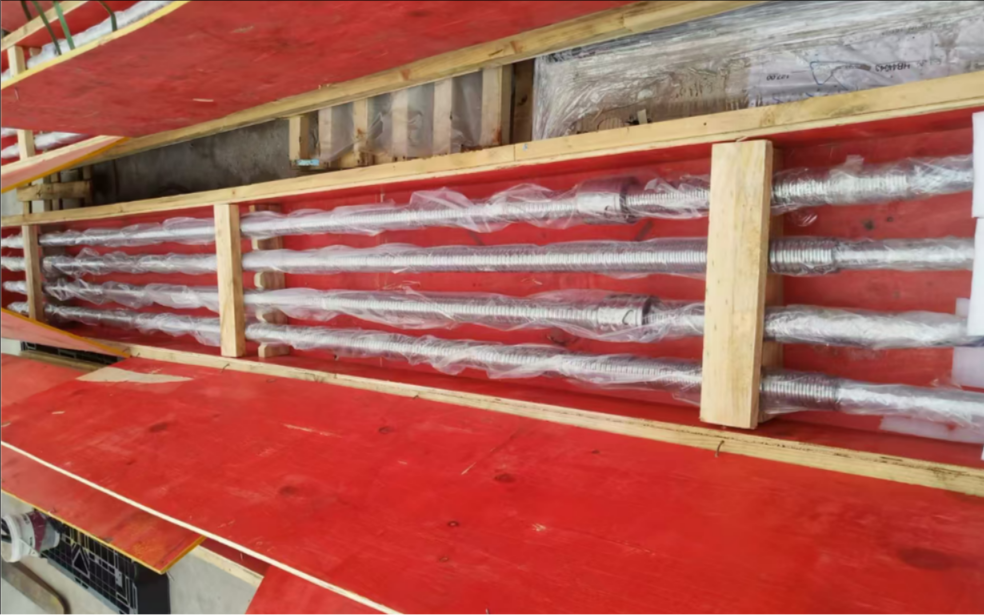SoCare-MSI Supplies Ball Screws can replace HIWIN brand

SoCare-MSI® Supplies Ball Screws can replace HIWIN brand
HIWIN R series;FSV series; W series; DFSH series.
Ball Screw: The High-Efficiency Linear Actuator
1. Basic Definition
A ball screw is a precision mechanical device that converts rotational motion into linear motion with minimal friction. It functions like a highly advanced screw and nut system, but with ball bearings recirculating between them to enable smooth, efficient, and highly accurate movement.
Think of it as the high-performance equivalent of a lead screw, but designed for applications demanding high speed, precision, and long life.
2. Key Components & Working Principle
A ball screw assembly consists of three main parts:
· Screw: A threaded shaft with a helical groove (the "raceway").
· Nut: A component with a matching internal thread and a raceway, which houses the ball bearings.
· Ball Bearings: The rolling elements that fit between the screw and nut raceways.
· Ball Return System: A channel (often a tube or deflector inside the nut) that allows the balls to recirculate continuously from one end of the nut to the other.
Working Principle:
As the screw(or nut) rotates, the ball bearings roll along the helical raceways. This rolling motion transmits force and causes the nut (or screw) to travel along the linear axis of the screw. The key is that the balls are recirculated through the return system, creating a continuous, endless path for the balls to travel. This mechanism replaces sliding friction with rolling friction, which is the source of its high efficiency.
3. Key Advantages
· High Mechanical Efficiency: Ball screws typically achieve 90% or greater efficiency. This means most of the rotational input power is converted into linear force, requiring significantly less torque than a traditional lead screw.
· High Precision and Positioning Accuracy: They offer very low backlash and high repeatability, making them ideal for applications like CNC machines and robotics where precise positioning is critical.
· Long Service Life: Due to the rolling contact and use of hardened steel, ball screws are designed for high durability and can maintain their performance over millions of cycles.
· Predictable Lifespan: Their service life can be statistically calculated based on load and speed, allowing for proactive maintenance.
· High Speed Capability: The low friction allows for much higher linear speeds compared to lead screws.
· Smooth Motion: The rolling action ensures very smooth and quiet operation, even at high speeds.
4. Common Applications
Ball screws are ubiquitous in industries and products requiring precise, powerful, and reliable linear motion.
· Machine Tools: CNC milling machines, lathes, grinders, EDM machines.
· Industrial Robotics: Articulated arms, gantry systems, and automated guided vehicles (AGVs).
· Aerospace: Flight control systems (actuating wing flaps, rudders), and satellite mechanisms.
· Medical Equipment: Surgical robots, MRI and CT scanner tables, dental chairs, and lab automation.
· Semiconductor Manufacturing: Wafer handling robots, photolithography steppers, and precision stages.
· Automotive: Electric power steering (EPS) systems, active suspension, and braking systems.
5. Important Terminology
· Lead: The linear distance the nut travels with one complete revolution of the screw.
· Pitch: The distance between adjacent thread grooves. (For single-start screws, Lead = Pitch).
· Backlash: The axial play or "lost motion" between the nut and the screw when direction is reversed. This can be minimized through preloading.
· Preload: An internal load applied to the ball nut to eliminate backlash and increase rigidity.
· Accuracy Grades: Ball screws are classified into grades (e.g., C1, C3, C5, C7) based on their travel accuracy over a specified length, with C1 being the most precise.
Pls contact us if you need:info@socaremsi.com
With SoCare®-MSI,you can expect more!

